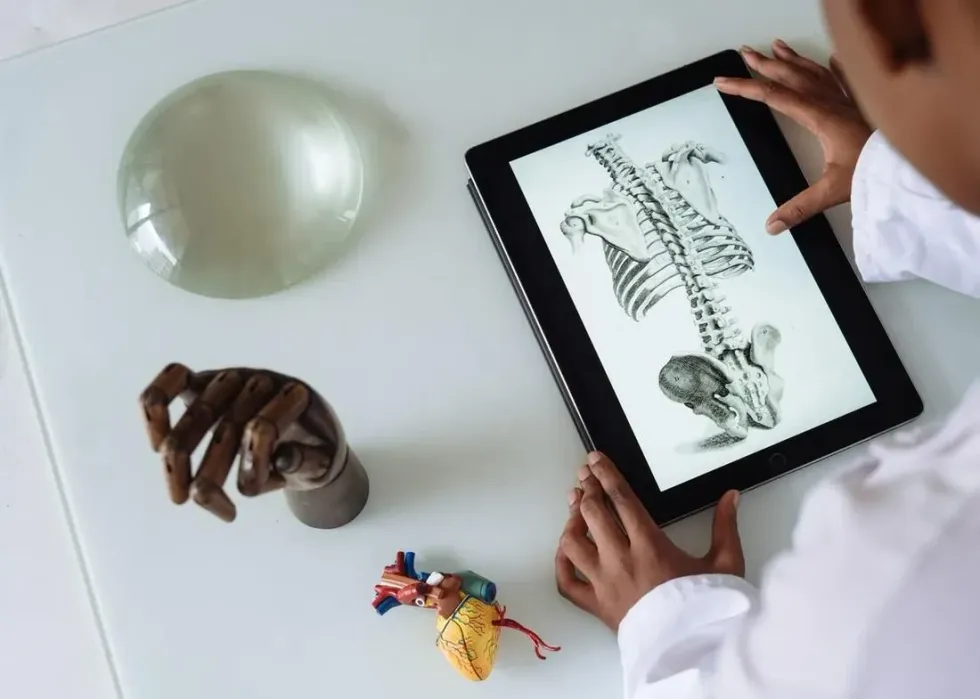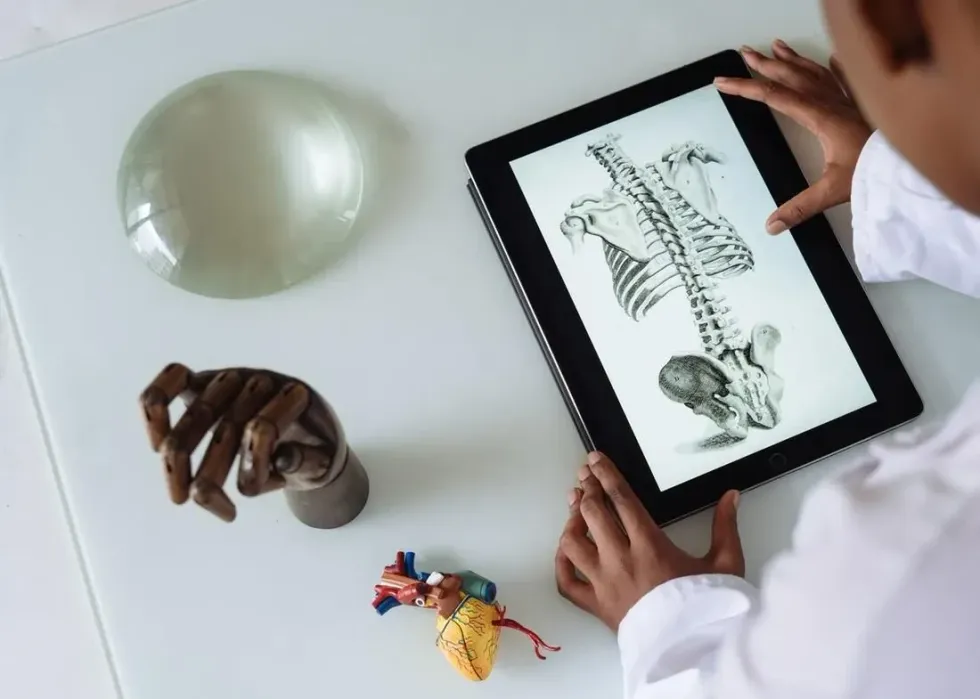Plenty of people are victims of strokes every year, or know someone who has suffered from one.
Everyone should know these important and interesting facts about strokes. There are about 800 000 strokes per year in the United States alone, which are fatal in about 150 000 cases, yet they can be preventable.
The key to preventing strokes lies in diet and health. This list of stroke statistics and facts should be useful for school projects and for raising your children's general awareness of the condition. You will learn things such as the number of strokes per year, stroke demographics and some of the risk factors for the condition.
If you are more educational content to help your children with science projects, Kidadl's website offers many more similar articles on a wide variety of topics. Why not take a look at this list of the best mitochondria facts for kids or at these fun facts about the respiratory system you won't believe are true?
Stroke Facts And Statistics
Below is some information which will help you understand the stroke prevalence in our society. Being aware of what the condition is, how it happens and how many people suffer from it is important as it is a phenomenon which affects many people of all ages around the world.
1. A stroke is a condition that causes brain tissue to die, which often leads to brain damage, a long-lasting disability such as paralysis or, in some cases, death.
2. There are several types of stroke cases. An ischemic stroke is when the supply of blood in the brain is cut off, usually by a blood clot. This means blood flow to the brain is stopped.
3. A Transient Ischemic Attack, or TIA, can also be called a "mini stroke". This happens when a blockage prevents blood from flowing to the brain for a few minutes.
4. A hemorrhagic stroke is when an artery in the brain ruptures and leaks blood inside the brain. This often happens when someone suffers from high blood pressure.
5. A stroke is sometimes called a brain attack.
6. Strokes are the second leading cause of death in the world. Sierra Leone, North Korea and Mongolia have the highest stroke death rates of all countries in the world.
7. Strokes are the fifth leading cause of death in the United States. It is also the leading cause of serious and long term disability in the US.
8. Anyone can suffer from a stroke, including children.
9. About 800 000 people in the United States have a stroke every year. About one in four of those strokes are recurrent, meaning they will happen again.
10. Stroke survivors are unfortunately more likely to suffer from another stroke during their lifetime.
11. Of all the 860 000 Americans who die of cardiovascular disease every year, strokes kill nearly 150 000 people.
12. The stroke survival rate strongly varies according to age, physical condition and country of residence. People with an underlying health condition such as high blood pressure are more likely to be killed by a stroke than others.
13. The stroke mortality rate in the United States dropped by 19% between 1997 and 2007.
14. Worldwide, one in four people will have a stroke in their lifetime.
15. If you suspect someone might be having a stroke, you should call 911 immediately.
16. The American Stroke Association was founded in 1998 in Dallas. The American Stroke Association aims to inform people about stroke risk and prevention, as well as offering support for families and people affected by them and funding research into cardiovascular diseases.

Symptoms And Treatment Of Strokes
It is important to be able to recognised the symptoms of a stroke as the patient has a higher chance of surviving it the sooner he or she is attended to. So read carefully and learn these warning signs to be able to pass them on and assist anyone who might need it!
17. Face drooping is a typical sign that someone is having a stroke. If you ask them to smile and one side of their face seems to be drooping, call 911.
18. Arm weakness can also be indicative of a stroke. If someone is unable to raise both arms when you ask them too, or if one arm drifts downward, call 911.
19. Speech difficulty is a telling sign that someone might be having a stroke. Ask them to repeat a simple sentence, if their speech is slurred, call 911.
20. The acronym FAST can help you remember the symptoms of a stroke: Face drooping, Arm weakness, Speech difficulty, Time to call 911.
21. Other symptoms of a stroke include sudden dizziness, loss of balance, having trouble walking, blurred vision or having trouble seeing, feeling numbness in the face, arms or legs, confusion, a sudden headache.
22. A doctor can diagnose a stroke by performing tests such as brain imaging. This includes a Magnetic Resonance Imaging scan (MRI) or a Computed Tomography scan (CT). A doctor can also test the brain's electrical activity or its blood flow to identify a stroke.
23. If you or someone else suffers from a stroke, you may also receive treatment to prevent another stroke from happening, or rehabilitation to mitigate the effects that the stroke has had on your body (paralysis, numbness, loss of brain capabilities).

How Can You Prevent A Stroke?
There are many risk factors which can increase your chances of suffering from a stroke. However, if you know them, you will be able to mitigate them and limit your stroke risk. Below are some health and lifestyle suggestions to follow in order to help prevent people having a stroke.
24. It is estimated that about 80% of strokes are preventable. Making lifestyle changes to control blood pressure and cholesterol levels greatly reduces your stroke risk.
25. Some factors that are beyond your control can increase your stroke risk, such as your age, sex and ethnicity. These are called risk factors.
26. Many lifestyle habits which are within your control can increase your risk of suffering from a stroke, such as smoking, drinking too much alcohol, not exercising enough or eating unhealthily. These are called risk factors.
27. Adopting a healthy diet, such as eating little sodium and plenty of fruits and vegetables, is a good way of reducing your stroke risk.
28. Maintaining a healthy weight and being physically active are important to limit the risk of stroke.
29. Not smoking and avoiding second hand smoke (the smoke from others which you end up inhaling too) are a good way of reducing the risk of having a stroke.
30. If you have a condition such as high blood pressure, high cholesterol, diabetes or obesity, you are at higher risk of suffering from a stroke. Managing these conditions is helpful in preventing a stroke from happening.
31. The outcome of a stroke entirely depends on how quickly you can receive emergency treatment, so it's important to get help as soon as possible.
Here at Kidadl, we have carefully created lots of interesting family-friendly facts for everyone to enjoy! If you liked our suggestions for stroke facts for school projects, then why not take a look at these glyphis shark facts, or dental facts.










